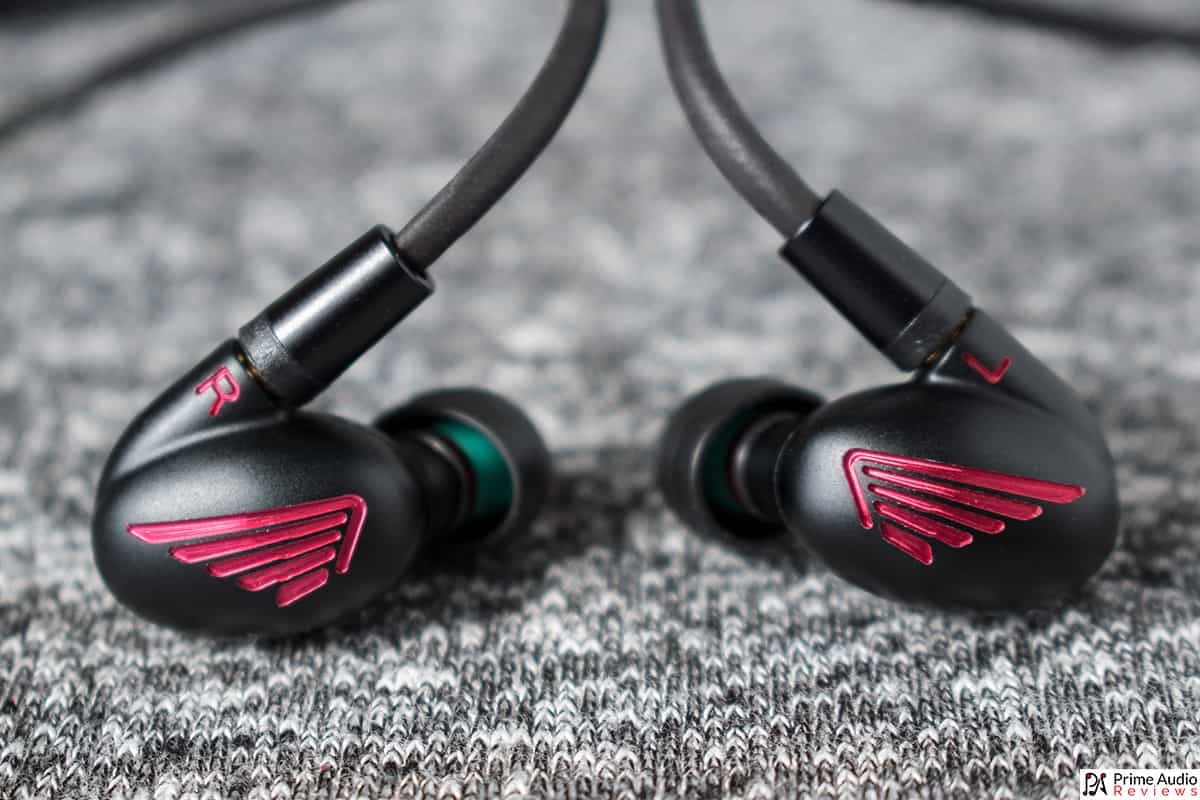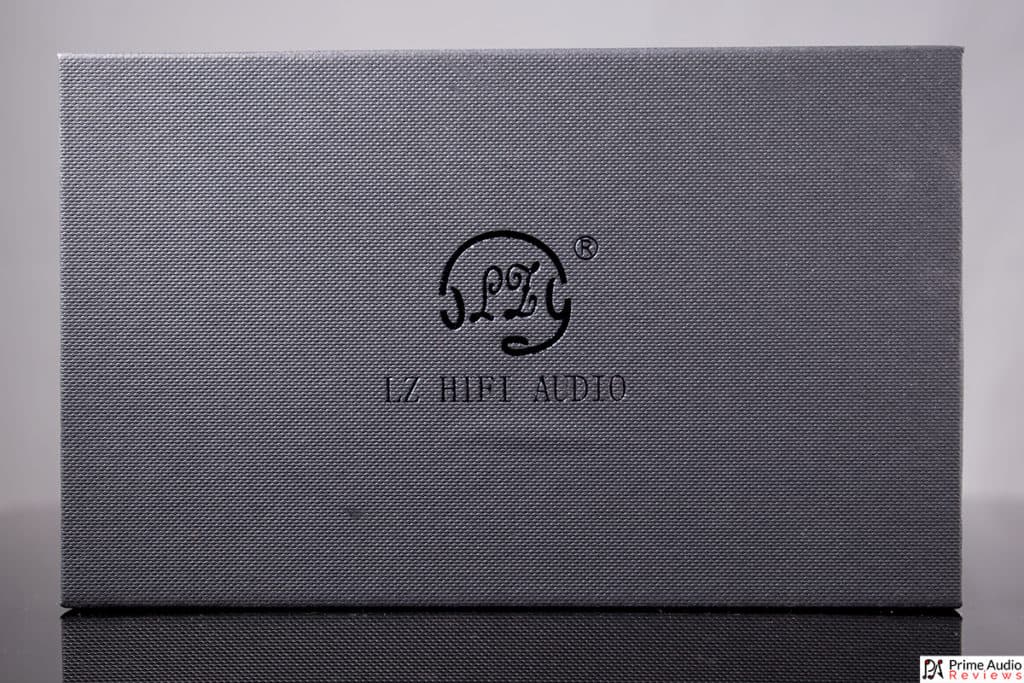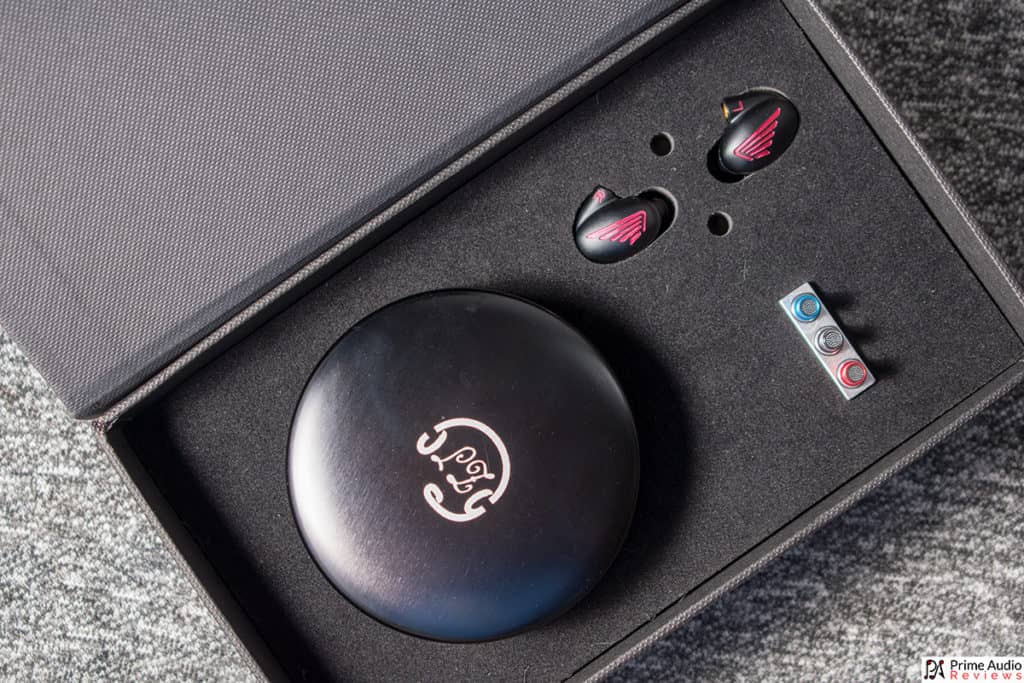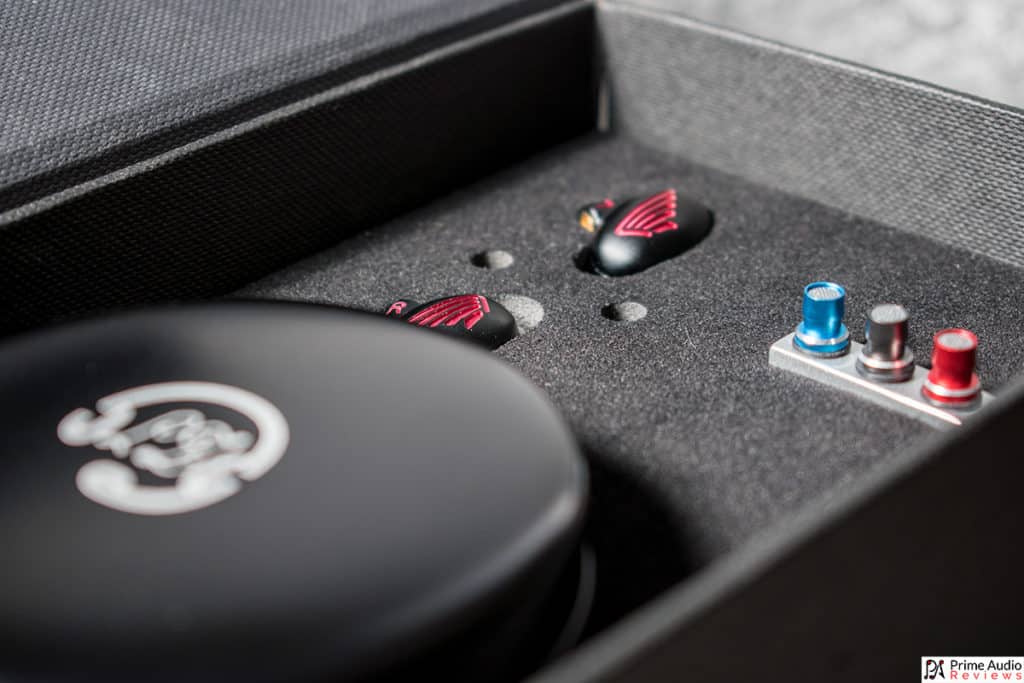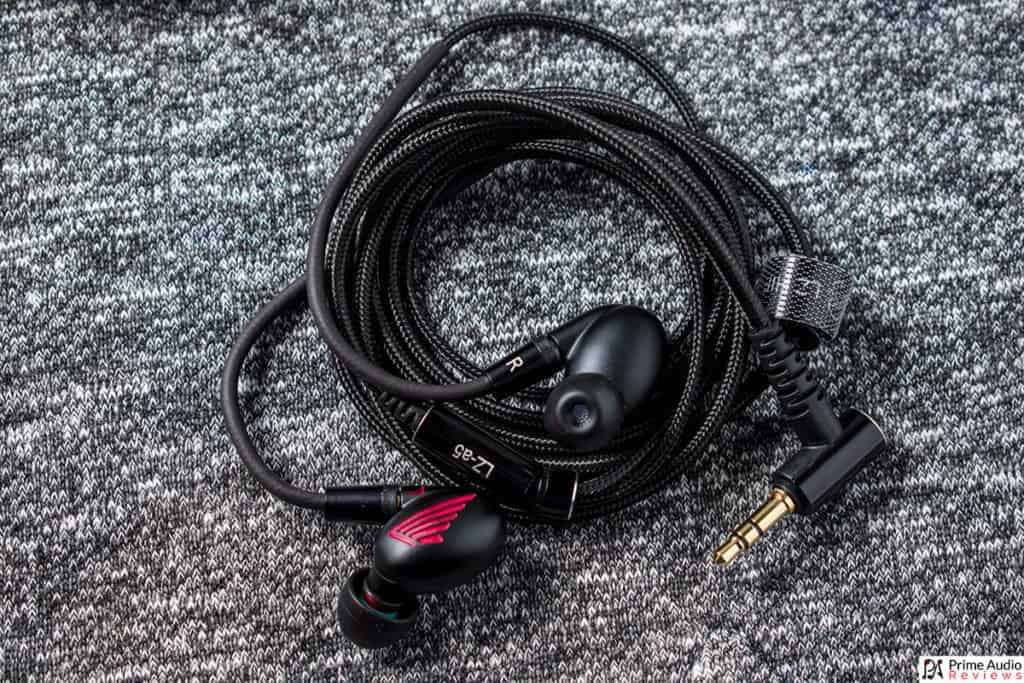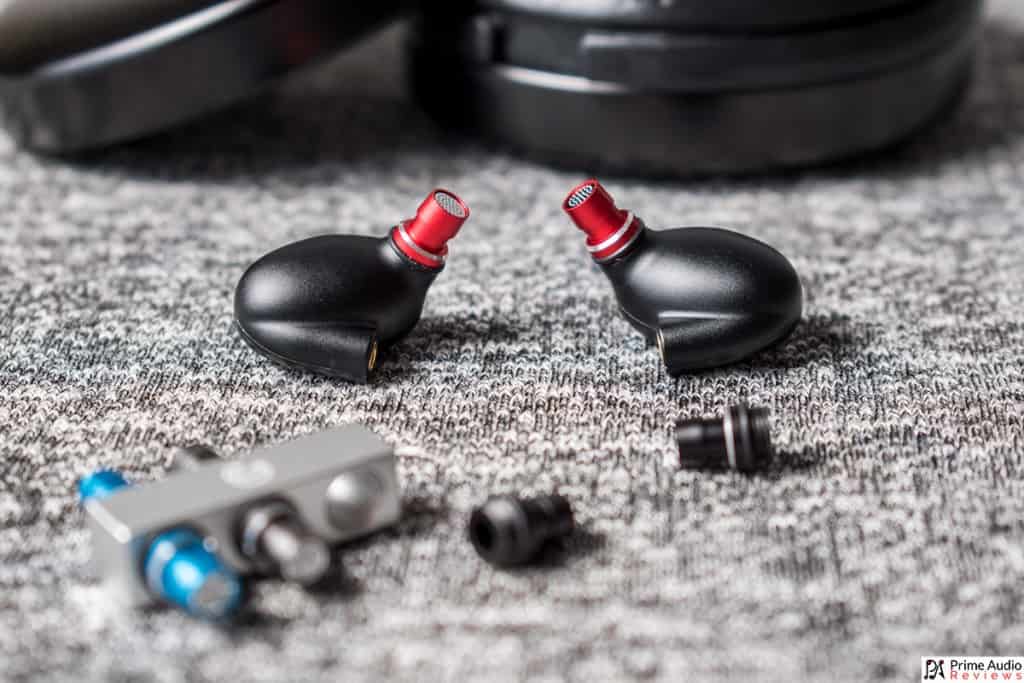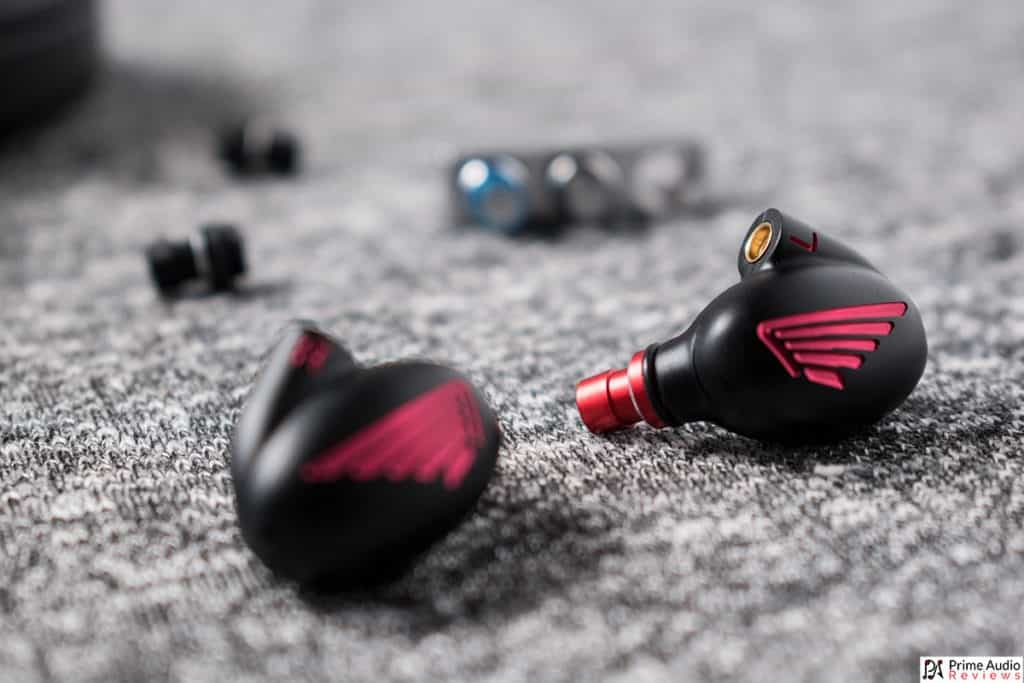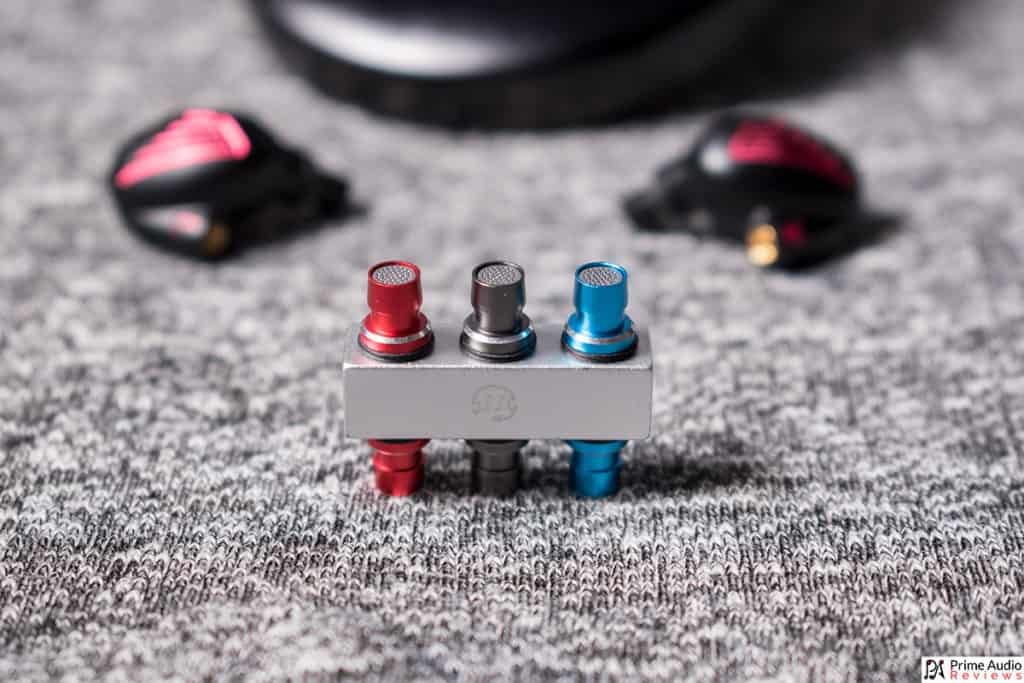In December of 2016, I reviewed the LZ A4 hybrid IEM and was hugely impressed by it. It was bold, dynamic and resolving and ever so engaging. When I learned about the company’s latest offering, the LZ A5 I was excited, to put it mildly. The A5 is another hybrid model, consisting of a single dynamic driver and four balanced armature drivers.
So I’ve been putting the A5 through its paces to see if it could improve upon the magic of its predecessor. How does it perform compared its little sibling and is it worth the extra cost? Let’s dive in for a closer look.
At the time of writing, the LZ A5 has an MSRP of $269.
This product was provided for the purpose of an honest review. I’m not affiliated with the company and all observations and opinions here are my own.
- Much improved ergonomically over the A4
- All-metal shells with a smooth finish
- Nice metal storage tin
- Good sub-bass extension
- Uneven peaks in upper midrange and treble
- Pointless memory wire on the cable
Specifications
- Drive unit: 1 Dynamic + 4 Balanced Armature Hybrid 5 drive unit
- Impedance: 16Ω
- Headphone sensitivity:120dB
- Frequency range: 20-28000Hz
- Interface: 3.5mm
- Cable Length: 1.2m±5cm
- Weight: 30g
Package & accessories
The LZ A5 arrives in a dark grey, textured cardboard box with a magnetic seal and the LZ branding on the front. It’s a style of presentation we see often with boutique Chinese brands that differs quite drastically from the usual retail packaging we’re used to seeing.
Opening the box, you’ll find everything laid out in a sheet of black foam. On the left, you see the storage tin and on the right are the A5 earphones with the filters below. It’s quite a nice first impression.
So let’s take a look at everything in the box:
- A5 earphone
- Metal storage tin
- 4 x sets of tuning filters
- 3 x pairs of silicone eartips
- 1 x pair of foam eartips
- Cable
- Velcro cable tie
- Warranty card & user manual
Not a bad bundle but at this price point, you should expect that. I certainly would like to see a larger variety of eartips included, as all the included ones are far too small for my ear canals.
I must say though, I particularly fancy the storage tin; It has a wonderfully smooth texture and there’s an LZ logo on the lid. Inside the tin is a soft layer of protective foam on the bottom and a fabric lining on the underside of the lid. There’s also a rubber seal where the two halves of the tin join, making opening and closing simple and painless. The tin is a good, pocketable size as well.
Cable
The supplied cable differs drastically from the one that came with the LZ A4. While the A4’s cable has a rubberized sheath, the A5 cable has a fabric cover. I’m usually not a fan of sleeved cables but this one is actually not bad. It’s smooth, supple and sits well, without having any bounciness to it.
At the top end are the MMCX connectors, which have an L and R marking to easily distinguish each side. Then there’s a memory wire with heat shrunk tubing. Further down is a metal chin slider the matches the metal Y-split below it. The cable terminates in a right-angled 3.5 mm plug that is very similar to the DUNU plugs. There are good strain reliefs on the plug and the bottom end of the Y-split.
Personally, I’m not a fan of the memory wire. I find it makes it much more difficult to get a proper fit and seal. After swapping the cable out with the one from the LZ A4 however, the A5 slip into my ears effortlessly. I honestly cannot see any reason to include memory wire for this type of earphone. This will depend, of course, on your ear anatomy and personal preference.
Build quality & design
The A5 shells have an all-metal construction but they are very lightweight. The quality of the shells is superb. They have a matte black finish that is very smooth and fingerprint resistant. Where the two halves are joined together, the seams are almost invisible with no visible gaps in between.
On the outer side of the shells is an engraved, red wing pattern that looks very similar to a certain motorcycle brand’s logo. I’m not sure why LZ chose to add this and the Head-Fi community’s response to it was not overly positive to it. Some people really dislike it but most were just confused as to why it was there at all. Personally, I’m non-plussed towards it and would have preferred to see something more original (although I think the colour is really nice).
Next, we have the MMCX jacks, which are angled slightly up from the shell body and have an L and R etched into either side for easy identification. At the very back of the housings is a pinhole-sized vent.
At the front is the threaded nozzle cavity. The filters are very easy to insert or remove and the rubber o-ring on the filters holds them firmly in place. Overall I’d say the build quality is excellent and worthy of the IEMs’ asking price.
Comfort & noise isolation
Similar to many popular, recent monitors (FiiO F9 Pro, Westone W80 etc), the A5 has a Shure-esque shape that fills the outer part of the ear and has angled nozzles. This is a tried and tested ergonomic and, as such, it should come as no surprise that the A5 is a very comfortable IEM.
With its rounded shells and smooth finish, the A5 simply melts into your ears. The memory wire keeps the fit secure and the nozzles have a good length to them, adding to the stability. You should be able to easily keep the A5 in your ears all day without any discomfort whatsoever.
Noise isolation is a little above average but you can still hear sound around you when there’s no music playing. Sitting with the A5 in my ears now I can still hear the television in the next room but as soon as I hit the play button the sound, music is the only thing I hear.
Tuning filters
There are four sets of tuning filters included with the A5. These filters mainly affect frequencies between the upper midrange and lower treble. They are distinguished by colour and are (from warmest to brightest): red, grey, black and blue.
I found the red and grey to sound almost identical. Likewise, the black and blue sets offer a near identical presentation as well.
Sound
Sources used for testing were the Acoustic Research AR-M20 and ATC HDA-DP20.
The A5’s sound signature is primarily V-shaped, with accentuated bass and upper midrange. It’s a very clean sounding IEM with above-average detail and is quite energetic.
Bass
I love what LZ has done with the bass on the A5. The mid-bass has a nicely defined edge, with a natural decay and a fairly conservative level. This essentially gives a sensation of a powerful low end but without any sluggishness or bloat and avoids any bleeding into the midrange.
Most of the emphasis is actually on the sub-bass, which carries the bulk of the weight. This falls in line with my personal preference and reminds me somewhat of one of my old favourite ultra-budget IEMs, the Tennmak Piano.
While I do love a solid shot of sub-bass, it sometimes can have a negative effect on the midrange, clouding over finer details and adding a warm undertone.
Mids
The A5’s midrange is defined by lean notes and a resulting clarity and uncommon. Starting at the lower midrange the A5 is fairly neutral and lean which can leave male vocals sounding a little thin.
Further up the scale, the upper mids become quite accentuated, giving female vocals and instruments a nice lift, along with some impressive detail retrieval and clarity. The upper mids peak at around 3kHz with the grey filters but the black and blue filters peak earlier, at about 2kHz – 3.5kHz, making the sound bright and a bit edgy.
Using the grey filter, higher pitched female vocalists like Utada Hikaru really pop and maintain good accuracy. Even her song “Traveling” which is inherently sibilant, is easy to listen to with the A5. I was expecting that song to be ruthless because of the A5’s upper midrange focus but it handled it with aplomb.
Treble
There’s good extension in the A5’s treble but it is quite uneven and peaks can occasionally stand out unnaturally. On some tracks, it seems as though everything is sitting behind the hi-hat and that can disrupt immersion/cohesion.
This gives the A5 clarity and a high level of detail but it also affects the overall tonal balance. It’s not apparent all the time, i.e. it’s track and filter dependent, but it is there, as is an occasional inelastic or artificial feel in crash cymbals.
Soundstage
The A5 has a very wide soundstage with an average amount of depth. It presents a fairly expansive stage with good layering and separation. Vocals are central and presented nicely, neither invading your personal space or being too distant. Positional cues are fairly precise, providing good imaging on the stage and maintaining space between elements.
Comparisons
LZ A4 (black rear + grey front filter)
Although the A5 has a large soundstage it doesn’t feel as naturally airy as the A4. The A5 has a more sub-bass quantity and slightly thicker mid-bass notes giving it a bit more body.
Both have good separation but the A4’s midrange is a little more diffuse, giving the A5 more resolution and space between elements. Vocals are a little more distant on the A4, making them sound more recessed in comparison.
Comfort-wise, the A5 is superior because of its smooth, rounded shape but the A4 does have the advantage of being able to wear with the cable down or over your ears.
DUNU DK-3001
These two IEMs actually have some similarities in their presentation and differ mostly in the upper midrange and treble regions. Both have excellent sub-bass extension but the DK-3001 is able to maintain better separation on bass-heavy tracks. I find the bass on the DUNU to be more authoritative
The LZ A5’s lower midrange has less body but only by a small amount and still sounds natural. The A5 is more uneven in the treble region and lacks the tonal accuracy of the DK-3001.
Where the A5 bests the DUNU is in its ergonomics and comfort, and I found it more comfortable over long periods of wear.
Dynamic Motion DM200H
The DM200H has slightly less sub-bass but more of a mid-bass bump. While the A5 is no slouch when it comes to bass the DM200H shows more definition and texture with a similar amount of extension.
Both IEMs are similar in the lower to middle midrange and share the same natural tonality. When we get to the upper midrange though, the DM200H has a more linear and even presentation. The A5 has slightly better treble extension but the DM200H has better overall tonal accuracy.
Using the A5’s stock cable, I find the DM200H to be more comfortable. However, after switching the A5 to another cable without memory wire or pre-formed ear guides it is extremely cosy and comes out ahead.
LZ A5 Conclusion
The LZ A5 is an interesting monitor. It certainly gets many things right and will be especially popular with people who crave clarity and detail. It has a very nice low end with a very fun bass tuning and natural midrange (with the red/grey filters).
In regards to the A5’s filter system, I think it could have been executed better. The difference between the red and grey filter, and subsequently the black and blue filter is almost imperceptible. I feel that the black should have sat between the grey and blue filters but instead the black and blue both offer an identical, unnaturally vivid upper midrange.
Ergonomics (cable aside) and build quality are very good but for the asking price, I think there are some very compelling alternatives out there. Keep in mind that there is now a new set of filters available which could change things up but this entire review is based on the original set.
You can get the LZ A5 on Amazon HERE.
[yasr_visitor_votes size=”medium”]
